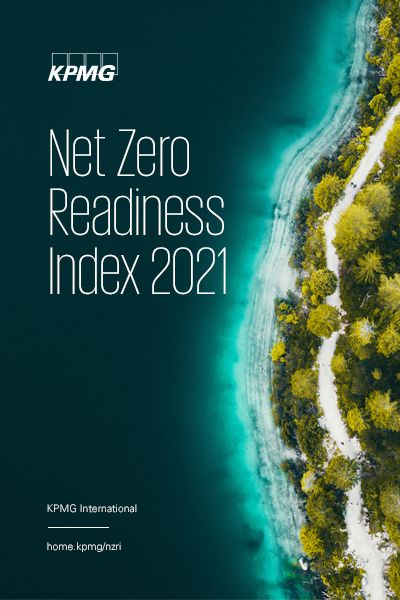A leader among developing countries, Chile is taking advantage of its abundant solar resources with infrastructure and mechanisms to decarbonize electricity although, work remains on increasing adoption of electric vehicles and investing in green technologies.
Political momentum
Chile is a leader among developing countries in its commitment to moving to cutting emissions, with a target of reaching Net Zero by 2050. In April 2020 it published detailed plans that would cover 93 percent of the reductions required, with a focus on energy generation. The plan commits Chile to decarbonize electricity generation by 2040, including the closure of 10 coal-fired plants, although this could be brought forward.
The environment ministry said that meeting the Net Zero goal would create investment opportunities of USD27-49 billion by 2050, while research has suggested a move to renewable energy could save the country more than USD5 billion annually as well as reducing deaths from air pollution and creating 11,000 new jobs.1 However, Karin Eggers, Sustainability, Climate Change and Human Rights Director, KPMG in Chile says that Chile faces some challenges in meeting its decarbonization targets.

These include the need to increase co-operation between government, international organizations, academia, civil societies and businesses. The country also needs to invest more in science and innovation, with it currently spending less than other OECD member countries, and needs to develop better monitoring processes, among other changes. “This requires transformative action in society and the economy,” she says.
Renewable energy abundance
The Atacama desert in northern Chile is among the best places in the world for solar power, with its dryness leading to very high levels of irradiation.2 In April 2021, the Cerro Dominador concentrated solar power plant was linked to Chile’s electrical system, following 7 years of construction. Unlike conventional photovoltaic solar power that works only during the day, the plant generates power continuously by using 10,600 giant mirrors to focus sunlight on a receiver on the top of a tower, super-heating molten salts that are stored then generate electricity by driving steam turbines.3 Southern Chile has strong potential to increase wind power generation and the country plans to develop industrial capacity to generate green hydrogen from renewable electricity. “Our geography gives us big opportunities to produce renewable energy,” says Eggers
In July 2021, the government announced it will close four coal-fired power plants which generate pollution in populated areas by 2025, earlier than previously planned. This reduces the number of coal stations the country will continue to run until 2040 to 10, compared with 28 at present.4 Overall, Chile is ranked third in the electricity and heat sector as a result of renewable energy obligations for utilities, availability of tradeable renewable energy certificates, net metering, a strong investment pipeline for the grid and existence of a low-carbon hydrogen roadmap.

Transport, industry and buildings
Chile published a national electromobility strategy in 2017, again seeing the potential for economic development as it tackles climate change. This has a focus on public transport, with a plan that services will be 100 percent electric by 2050 with Santiago already having 200 electric buses in operation. However, Chile currently has low use of electric vehicles and low availability of electric charging infrastructure. In other sectors there is work to introduce low-carbon technologies in industry and mining, and make buildings more sustainable.
Contributors

Alejandro González
Senior Consultant, Forensic & Sustainability,
KPMG in Chile
Argentina | Australia | Brazil | Canada | China | Denmark | France | Germany | Hungary | India | Indonesia | Italy | Japan | Malaysia |Mexico |
New Zealand | Nigeria | Norway | Poland | Russia | Saudi Arabia | Singapore | South Africa | South Korea | Spain | Sweden | Thailand |
Turkey | United Arab Emirates | United Kingdom | United States
1 John Bartlett, ‘Chile charts path to greener, fairer future after coronavirus’, Thomson Reuters Foundation, 13 April 2020. https://www.reuters.com/article/us-climate-change-chile-trfn-idUSKCN21V1WW
2 ‘A solar Saudi Arabia’, Nick Miroff, The Washington Post, 31 March 2017. https://www.washingtonpost.com/sf/world/2017/03/31/while-trump-promotes-coal-other-countries-are-turning-to-cheap-sun-power/
3 ‘Cerro Dominador successfully synchronizes its CSP plant with the Chilean electrical system’, Cerro Dominador, 10 April 2021. https://cerrodominador.com/en/2021/04/10/cerro-dominador-successfully-synchronizes-its-csp-plant-with-the-chilean-electrical-system/



